The Australian Museum Eureka Prizes are the nation’s most comprehensive science awards, celebrating excellence in research & innovation, leadership, science engagement, and school science.
Here are some of the remarkable stories behind the finalists:
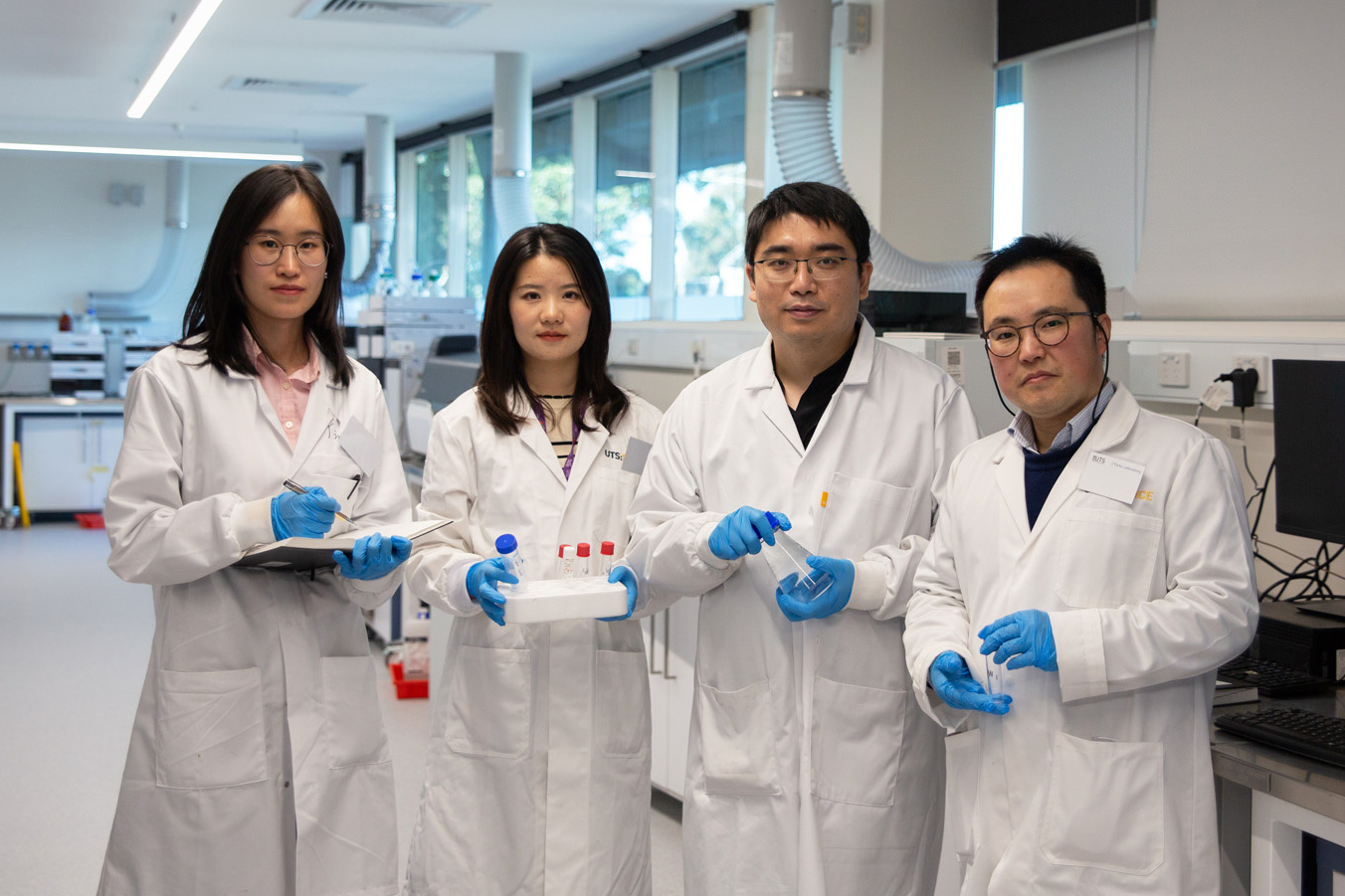
Sustainable Wastewater and Waste Treatment Team, University of Technology Sydney and South East Water. Left to Right: Dr Xuan Li, Dr Li Gao, Dr Huan Liu, Professor Qilin Wang.
Sustainable Wastewater and Waste Treatment Team
This team utilised scanning electron microscopy in the development of their wastewater treatment technology. Now being commercialised, this innovation can reduce carbon emissions, decrease waste generation, and minimize the discharge of pollutants, including antibiotic resistance genes, pathogens, and ‘forever chemicals’.
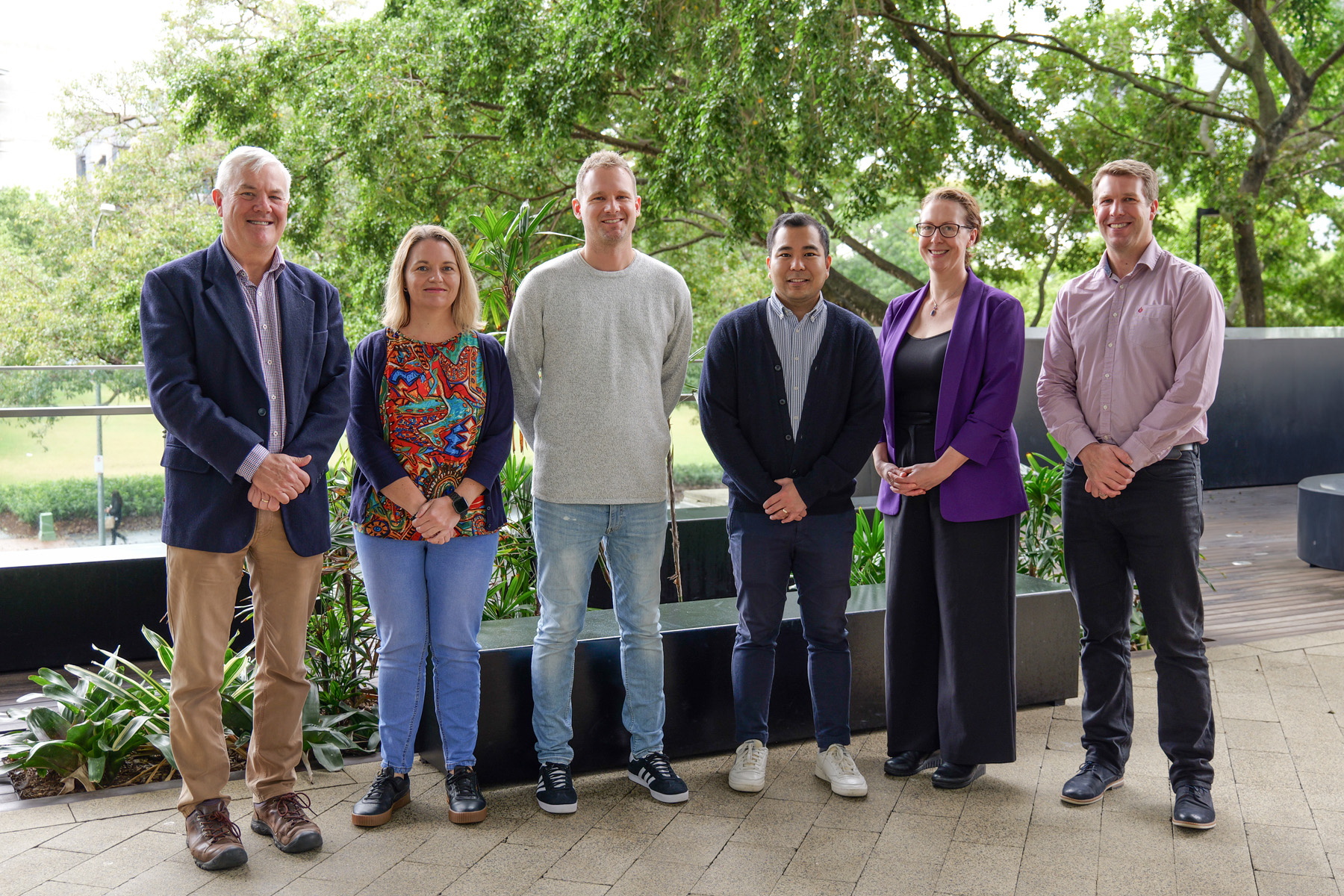
Australian Infectious Diseases Research Centre Eureka Prize for Infectious Diseases Research. StrepA Outbreak Prevention Team, University of Queensland; University of Melbourne; CONACYT; and University of Wollongong. Left to Right: Prof Mark Walker, Dr Amanda Cork, Dr Stephan Brouwer, Miguel Aguirre, Prof Martina Sanderson Smith, Dr Mark Davies
StrepA Outbreak Prevention Team
StrepA bacteria are a major cause of childhood diseases such as scarlet fever and septicaemia which contribute to child deaths globally. Responding to a post-COVID-19 infection surge, researchers from the StrepA Outbreak Prevention Team are tracking disease spread to mitigate clinical impact and leading efforts to develop a much-needed vaccine. By employing electron microscopy, this team has gained insights into the structure and behaviour of streptococcus bacteria. This is crucial for understanding disease spread along with vaccine and treatment development. They also used inductively coupled plasma mass spectrometry to examine the presence of certain elements in the bacteria.

UNSW Eureka Prize for Scientific Research, Professor Anita Ho-Baillie, University of Sydney
Professor Anita Ho-Baillie
Solar power is a critical renewable energy. Standard silicon solar cells do not fully convert higher-energy light to electricity, thereby limiting their efficiency ceiling to 30%. Prof. Ho-Baillie’s ground-breaking research combines – or ‘tandems’ – silicon cells with other materials, boosting efficiencies towards 40-50%. Her team recently set a world record for efficiency. Long-term access to scanning and transmission electron microscopy, along with atomic-scale elemental analysis (EELS), has been crucial in developing this cutting-edge technology.
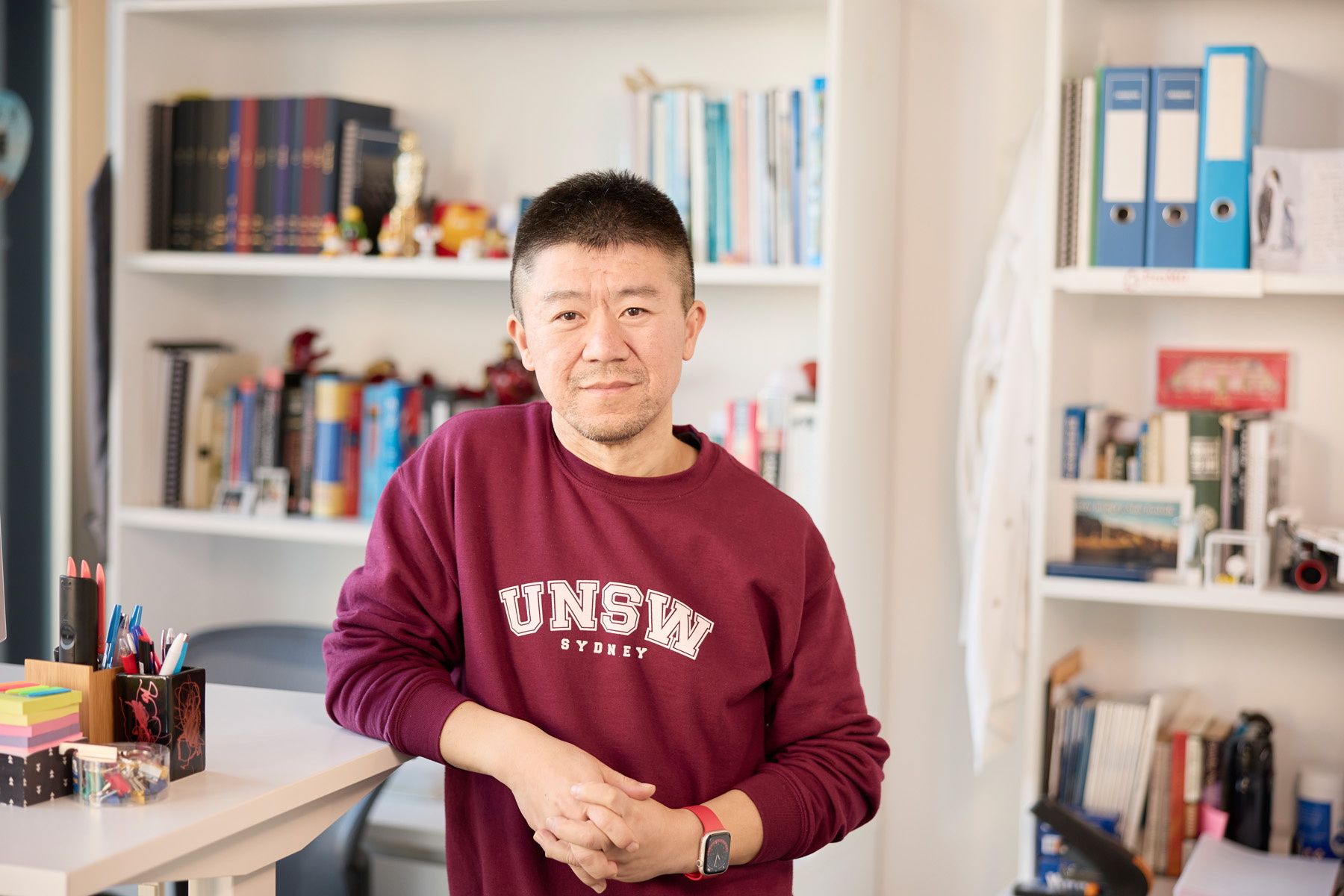
University of Sydney Eureka Prize for Sustainability Research, Professor Yansong Shen, UNSW
Professor Yansong Shen
Prof. Shen has developed a recycling system for solar panels that diverts all waste from landfill and provides materials for new panels. The work has led to more than 10 patents and is expected to begin commercial scale production by December 2024. Electron microscopy and elemental analysis were essential for visualizing and monitoring the dissolution of solar cell electrodes during the development of this process.
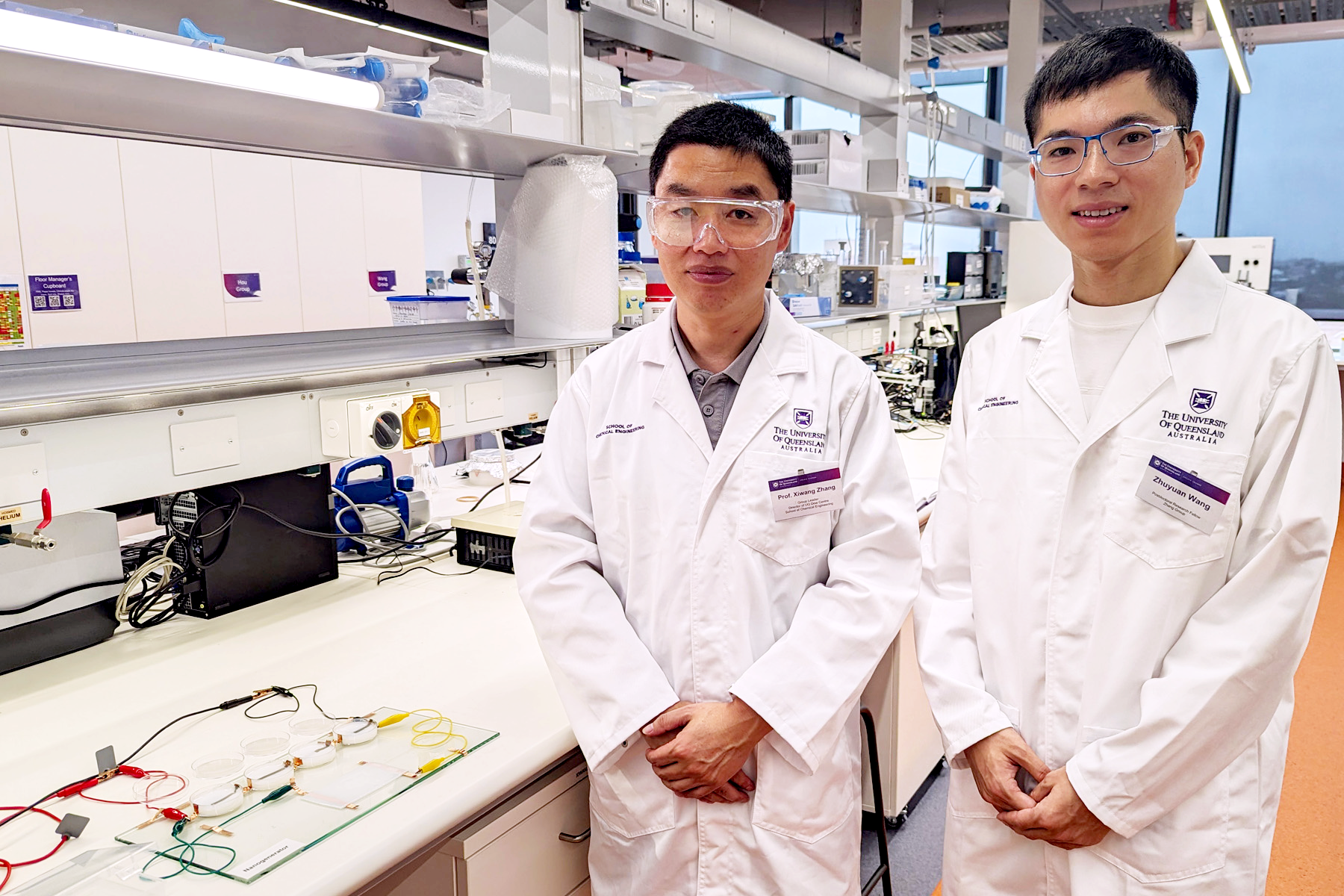
University of Sydney Eureka Prize for Sustainability Research, Prof. Xiwang Zhang and Dr Zhuyuan Wang, The University of Queensland.
Professor Xiwang Zhang and Doctor Zhuyuan Wang
Tackling two pressing global issues – climate change and renewable energy – Prof. Zhang and Dr Wang have developed an innovative nanogenerator that captures CO2 and generates electricity simultaneously, providing a clean and green method for energy generation. Electron microscopy was instrumental in understanding the nano- and microstructures of the generator.
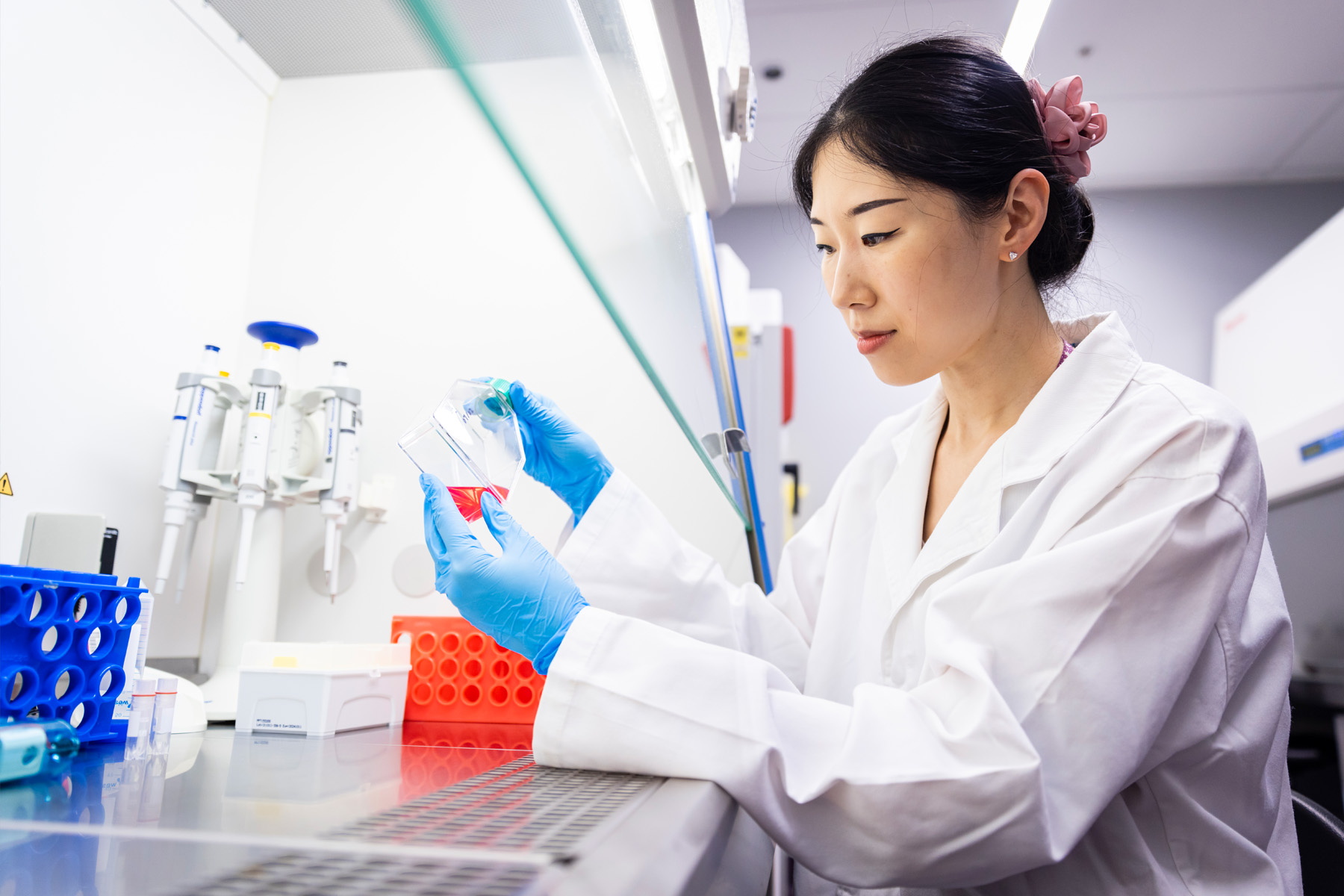
Eureka Prize for Emerging Leader in Science, Dr Jiao Jiao Li, University of Technology Sydney
Doctor Jiao Jiao Li
Dr Li leads transdisciplinary research in regenerative medicine to find new treatments for bone and joint diseases, turning medical discoveries into new therapies for patients. Dr Li is using electron microscopy to explore the structure of extracellular particles in osteoarthritis, contributing to a deeper understanding of this condition.
Microscopy Australia is proud to support these innovative researchers and their groundbreaking work. Congratulations to all the nominees!
The AM Eureka Prizes winners will be announced on Wednesday, 4 September, at a ceremony held at Sydney Town Hall. A livestream of the awards will also be available online, to register visit australian.museum/eurekaprizes.
August 14, 2024